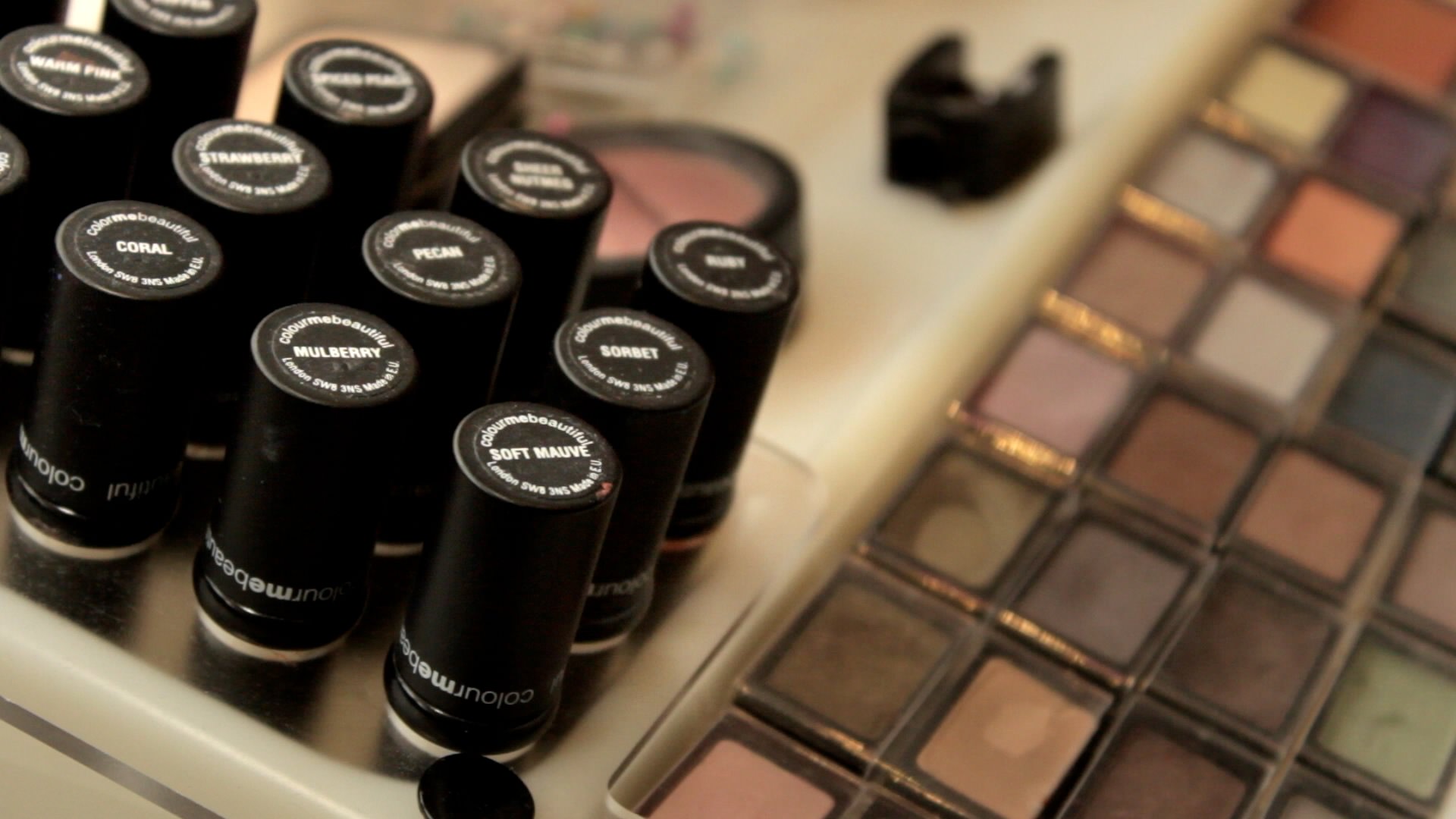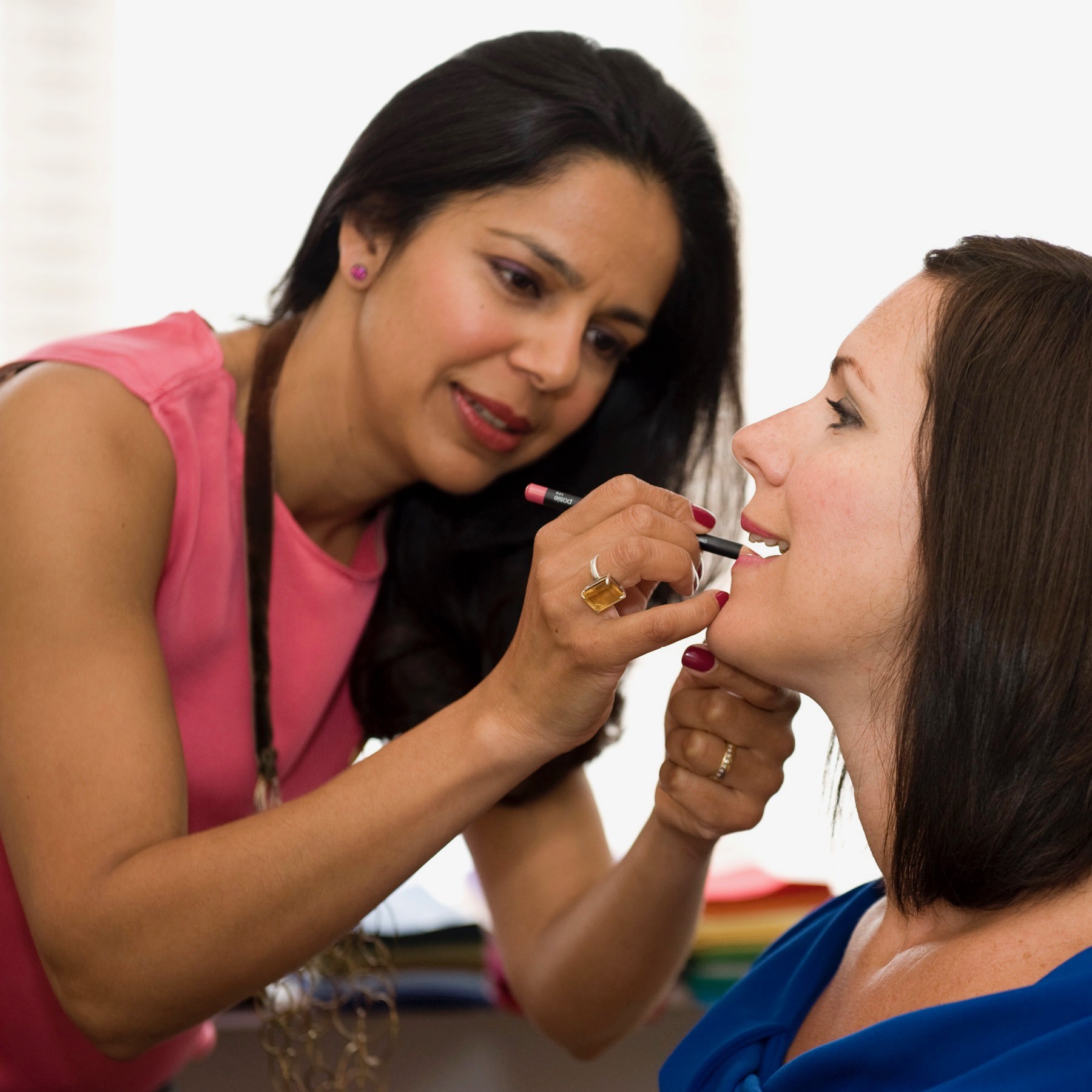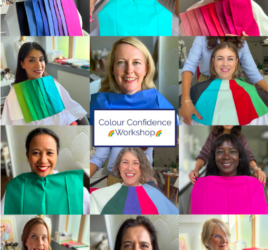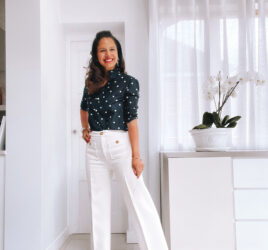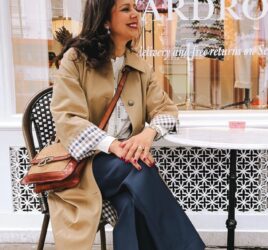Why do we wear make-up?
Hello, this is my first blog about make-up but felt it was a good time to pen something. As part of my colour consultation service I do a mini express make-up lesson and I’m staggered by what I hear and see sometimes. I just wanted to share some commonly held views of some of the 3,000 ladies I’ve seen over an eleven-year period as well as impart some advice from years of experience. When I decided to write this blog I did some research and found this brilliant article (which I have copied excerpts from) written by Psychology Today. Although it’s four years old, the research and findings still ring true and I’ve used aspects of the findings in my blog. So please read on…
Going out tonight?
For many women, this means time in front of the mirror with an array of cosmetics. Minutes, sometimes an hour or more, and even the occasional professional consultation may be part of the process of enhancing attractiveness. Within our bag of tricks, we typically find similar products – foundation, eye shadow and liner, blush, lipstick.
But where did this particular assortment come from? Is there a psychological basis for the make-up we use today? And if so, can we use this to our advantage? Rather than asking: “Should women wear make-up?” While acknowledging that many women do, might we instead try to figure out why we wear the make-up we wear?
We talk of cosmetics as products designed to enhance physical beauty, but what is “beautiful”? Cross-cultural research has demonstrated worldwide variations in what is physically appealing. Such relativity roots beauty in socialisation, not evolution.
Despite the cultural variation, a few physical characteristics are generally considered universal markers of beauty. Human preferences may have evolved over millions of years to favour certain physical characteristics linked to reproductive fitness – youthfulness, for example, is a generally reliable cue for fertility, potentially explaining why it’s considered attractive.
Are today’s cosmetics consistent with these ideas? Here’s what we/I know and I’ve categorised it into four items:
1 Lipstick? Wear red. Women with red lips are in fact perceived as more attractive (Stephen & McKeegan, 2010). However, lipstick whether it’s red or any other more subtle colour is one cosmetic item my clients tend to shy away from for a number of reasons: they feel it draws attention to thin lips; makes teeth look yellow; and it’s ‘too out there’, ‘I’ll be drawing attention to myself’ and ‘I would rather not wear it as I’ll end up eating it!’. Could the lack of lippy be linked to confidence and self esteem? If nothing else, wearing lip liner, lip gloss or lipstick is a great way to ‘balance’ your features and add colour somewhere else than your eyes. Other than lipstick, my mother never wore any other make-up her entire life. She’d never leave home without it and I’m the same!
2 Foundation appears foundational. Perhaps because it evens skin tone, and therefore may give a stronger impression of health and symmetry, foundation is widely recognised as enhancing beauty. In fact, there are other great alternatives too such as BB and CC creams and tinted moisturisers which give a lighter coverage. What’s important to remember you need at least two or three different shades to wear at different times of the year and if it’s got SPF (sun protection factor) of 15+ that’s a bonus? Often this is one product clients are comfortable wearing although if you try on a colour in artificial light/shop lighting it might be wrong for your skin tone. Always try the colour on your face near as close to natural light as possible.
3 Focus on the eyes. In recent research, women rated eye make-up as the Number One product enhancing other women’s facial attractiveness (Mulhern et al., 2003) and I can totally vouch for that. I don’t think I’ve ever met a client who doesn’t have mascara in their make-up bag. Eyeliner, eye shadow, and mascara help to open up the eye and make the eyes look large and bright. However, lashings of black mascara without a bit of blush and lippy won’t balance your features. A little of everything is better than concentrating on one item of make-up. Sometimes black mascara can be too harsh for my clients, consider black/brown or warm brown mascara.
4 A bit of blush. Why does rouge/blusher tend to be a staple cosmetic? Perhaps it provides a subtle signal of sexual interest. This is in line with the link established by Elliott and Niesta (2008) between the colour red and sex appeal. Some clients who suffer from Rosacea, high colour or have ‘coolness’ to their skin would avoid blusher. However, for the others, blusher is the perfect way to contour and add colour in all the right places to your cheeks. Remember make-up is about creating balance. One thing I do encounter is incorrect application and brushes.
Make-up simply makes you look healthier.
Beyond any attractiveness measures, cosmetics may help women create certain favourable social perceptions. Indeed, a recent experiment revealed that women pictured wearing cosmetics were evaluated as healthier, more confident, and even having greater earning potential than the same women wearing no make-up (Nash, Fieldman, Hussey, Leveque, & Pineau, 2003). This suggests that makeup has a potentially useful role in strategic self-presentation. I will leave that thought with you.
Best wishes
Anita x

